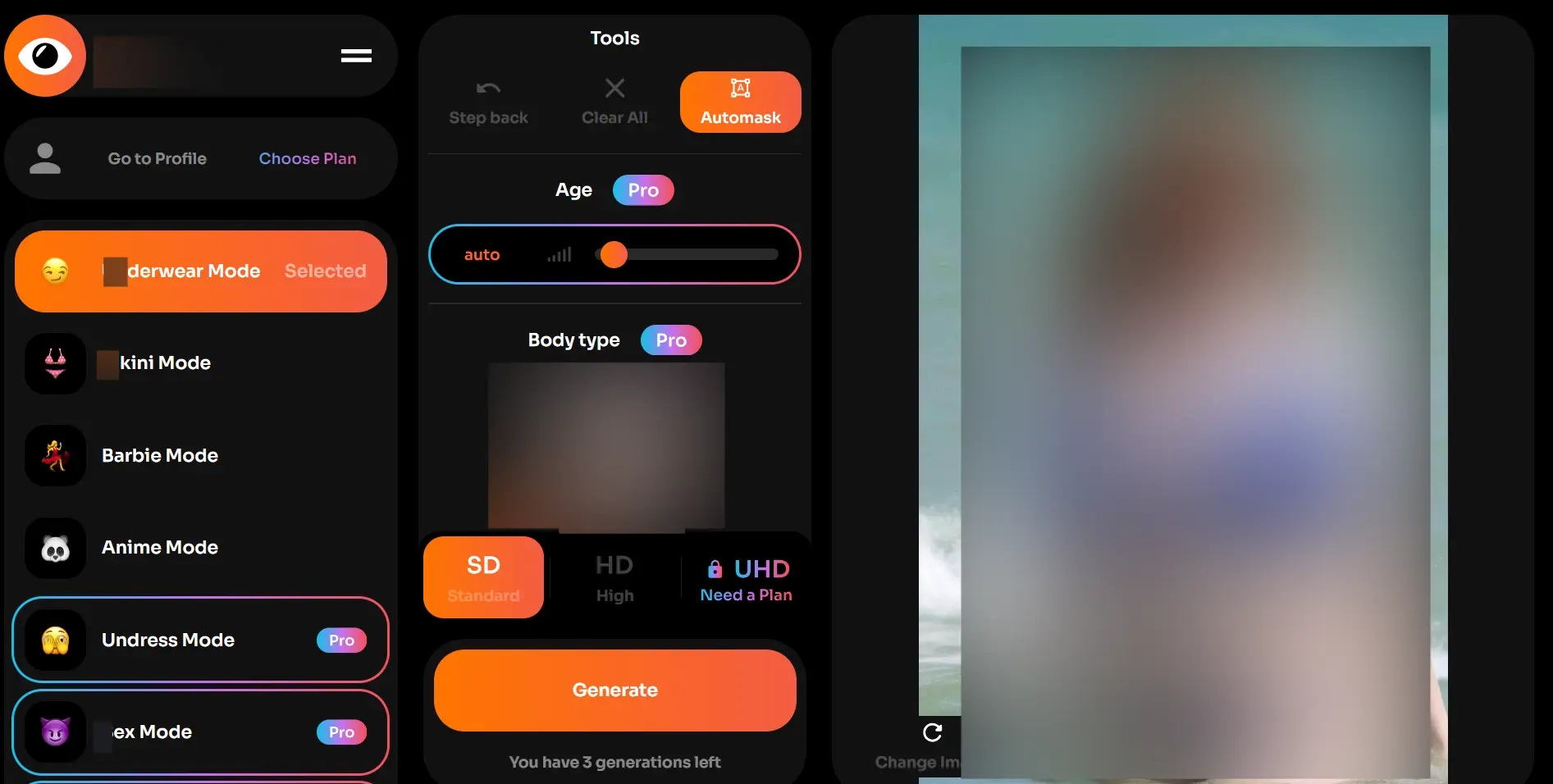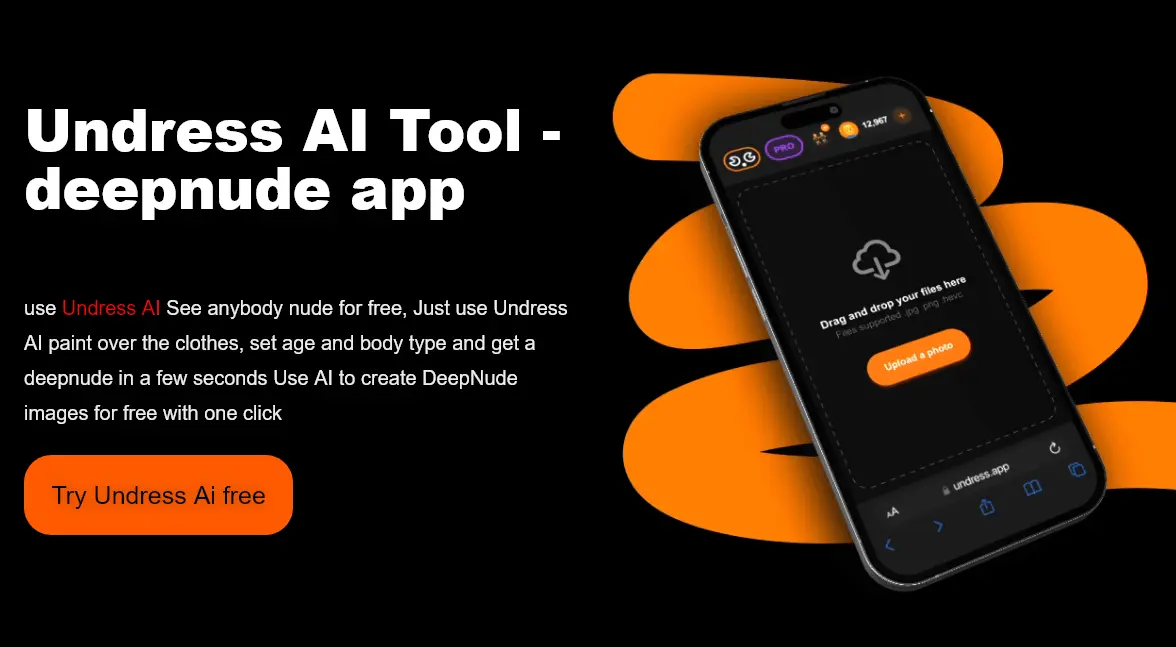Are you curious about the evolving landscape of digital image manipulation and the cutting-edge technologies shaping it? Artificial intelligence is revolutionizing how we interact with images, offering unprecedented capabilities in editing and creative expression.
The realm of AI-powered image editing has expanded rapidly, with tools like "Muke's undress ai" claiming to be the best in its class, promising the ability to digitally "undress" images. This raises questions about the ethical implications and potential misuse of such technology. While some see these tools as innovative avenues for artistic exploration, others express concerns about privacy, consent, and the potential for malicious applications. The rise of "nudify ai" and "deepfake ai tools" further complicates the narrative, prompting a need for critical examination and responsible usage.
Let's delve into the specifics, exploring the various applications, ethical considerations, and technological advancements within this rapidly changing digital landscape. The focus will be on providing a balanced perspective, acknowledging both the creative possibilities and the potential pitfalls associated with these powerful tools.
Tools like "Anieraser's ai clothes remover" are designed to provide users with the ability to remove clothing from images. "Seaarts ai clothes remover" leverages "nudify ai" technology, claiming to generate "hot sexy ai art". These developments highlight the power and potential of AI in image alteration.
The question of ethical usage is paramount. Responsible application dictates adhering to guidelines, especially when utilizing tools like "nudify ai" on platforms such as Seaart. These guidelines often involve restrictions on the types of images that can be processed, ensuring that the technology is not misused for creating non-consensual content or violating privacy. The ethical landscape demands continuous awareness and adherence to these principles.
The proliferation of these tools brings forth a need for clarity. AI-driven image manipulation is a complex domain, and understanding its nuances is crucial. From the mechanics of "undresser ai" and "undressher," to the subscription models offered by platforms like "Candy.ai," users need to be informed consumers. Understanding the functionalities, limitations, and ethical considerations of each tool is critical.
The popularity of the "undress ai app" and other similar applications underscores the demand for this technology. However, with such power comes significant responsibility. The ability to convert any photo into a nude image, as these tools claim, requires users to be mindful of the potential consequences of their actions. Education and awareness are key to using these tools safely and ethically.
Many tools are emerging that provide different ways to utilize the technology. For example, "Clothoffbot," a deepnude Telegram AI bot, offers a fast and discreet method for removing clothing from photos. Other applications, such as those that enable users to upload images and obtain altered versions in seconds, demonstrate the ease of use and accessibility of these technologies.
The use of AI in this area is not just limited to entertainment; it also extends to creative domains. "Ai clothes remover websites" enable users to go beyond traditional image editing, offering new avenues for artistic projects. The process is designed to be simple, making it accessible to a wide range of users. Tools such as "Openart ai" integrate these capabilities into their suite of generative tools.
Customization options are increasingly available, allowing users to adjust outputs based on body type, age, skin tone, and gender. However, it's important to recognize that these options may perpetuate existing biases and stereotypes. Evaluating the societal implications is crucial.
While the technology continues to improve, the user's experience is a priority for developers. For instance, the compatibility of an AI clothes remover with iOS and Android devices highlights the accessibility of these tools. Performance optimization across screen sizes and resolutions aims to ensure a consistent user experience.
One must be cognizant of the potential for misuse. The case of "deepnude ai," which gained popularity before being taken down due to ethical concerns, serves as a reminder of the importance of responsible use and adherence to ethical guidelines. "Our ai clothes remover ensures that any uploaded and processed images are safe, guaranteeing that your information remains secure and confidential.".
AI clothes removers are designed to be creative, for creative and professional purposes. Designers can visualize how garments fit and drape on different body types without physical prototypes. This tool has the potential to enhance or modify images for artistic projects, ensuring a seamless and realistic finish. The ai is trained on a large dataset to ensure realistic results, but it primarily performs best with female subjects due to the nature of its training data.
One should be aware of the inherent biases and limitations of AI, and the importance of responsible usage. Furthermore, it is essential to recognize the transformative impact of AI on visual culture.
Several tools offer unique features. Some provide adjustments for body type, age, skin tone, and gender, aiming to allow tailored outputs. These features raise complex questions about representation and the potential for reinforcing societal biases.


